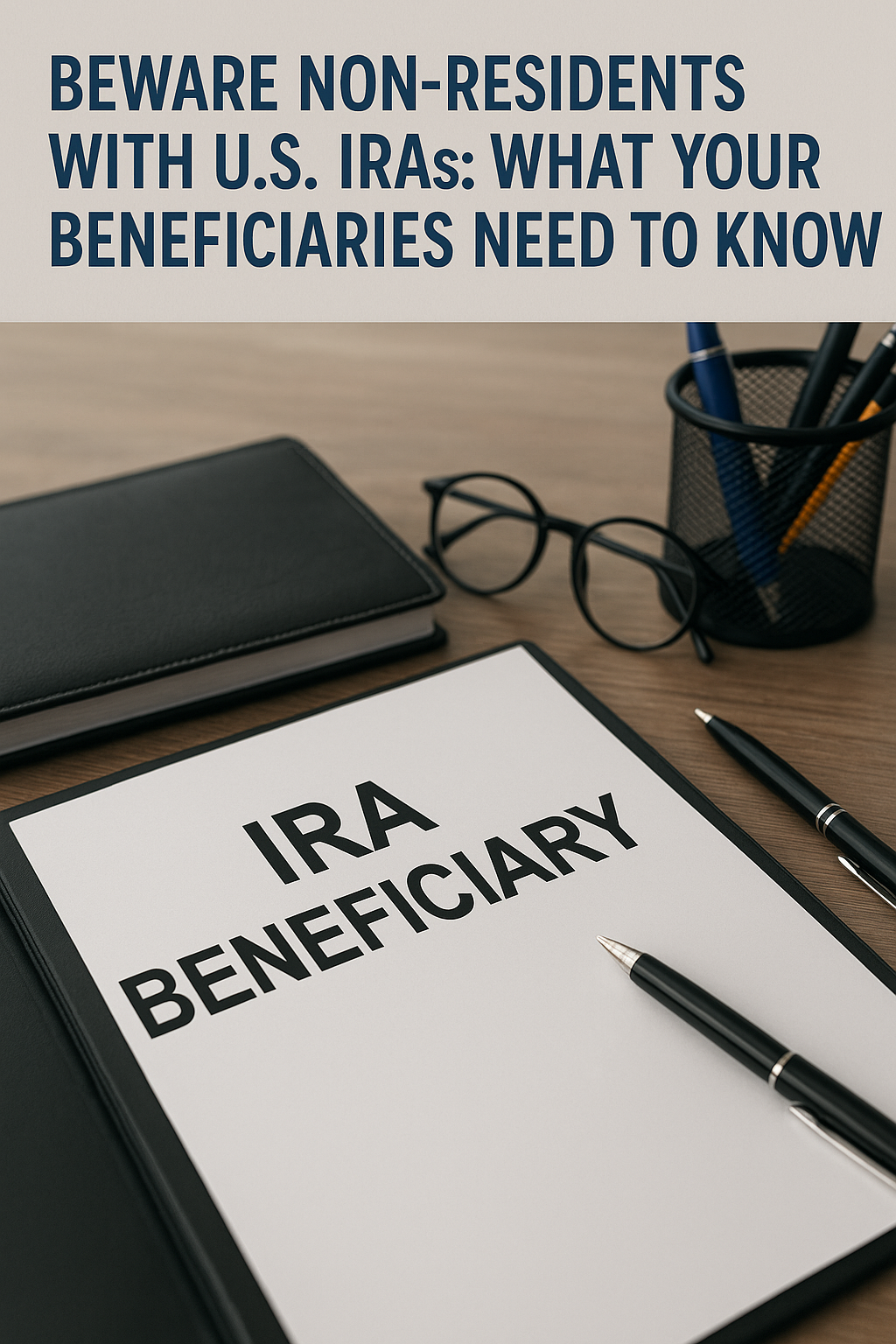 alt="Disability Savings Accounts" />
alt="Disability Savings Accounts" />For individuals with disabilities and their families, tax-advantaged savings accounts and government benefits can play a crucial role in achieving financial security and independence. In both the United States and Canada, several specialized programs—such as ABLE accounts, Registered Disability Savings Plans (RDSP), and more—offer unique benefits for retirement, healthcare, and overall financial planning.
This guide compares these disability savings accounts, explains who is eligible, and discusses the cross-border considerations for those with ties to both countries.
Disability Savings Options in the United States
1. ABLE 529 Accounts (Achieving a Better Life Experience)
- Eligibility:
- Designed for individuals with disabilities whose condition began before age 26. (Future legislative changes may adjust this age limit.)
- Contribution Limits:
- Annual contributions are capped at $19,000 (as of 2025). Employed account holders may add more, up to the lesser of their earned income or the federal poverty line.
- Tax Benefits:
- Earnings grow tax-free, and qualified withdrawals for disability-related expenses (such as housing, education, and transportation) remain tax-free.
- Impact on Benefits:
- Balances under $100,000 do not affect Supplemental Security Income (SSI) eligibility.
2. Special Needs Trusts (SNTs)
- Purpose:
- SNTs allow individuals with disabilities to access financial assets without losing eligibility for federal or state programs like Medicaid or SSI.
- Types:
- First-Party SNTs: Funded with the beneficiary’s own assets (e.g., from settlements or inheritances).
- Third-Party SNTs: Funded by family members or other third parties.
- Flexibility:
- SNTs can cover non-essential expenses that improve quality of life, such as vacations or assistive technology.
3. Social Security Disability Benefits
- Social Security Disability Insurance (SSDI):
- For individuals with a history of employment and contributions to Social Security. Benefits are based on earnings history.
- Supplemental Security Income (SSI):
- Provides cash assistance to low-income individuals with disabilities to cover basic living expenses.
- Key Note:
- SSI eligibility ties into ABLE accounts; maintaining a balance under $100,000 is crucial.
4. Medicaid Waiver Programs
- Overview:
- In many states, Medicaid waivers provide funding for services such as home care, therapy, and other supports, helping individuals with disabilities maintain independence.
Disability Savings Options in Canada
1. Registered Disability Savings Plan (RDSP)
- Eligibility:
- Canadian residents who qualify for the Disability Tax Credit (DTC) can open an RDSP.
- Contribution Limits:
- A lifetime contribution limit of $200,000 per beneficiary, with no annual cap.
- Contributions may be matched by the Canada Disability Savings Grant (CDSG) and supplemented by the Canada Disability Savings Bond (CDSB).
- Tax Benefits:
- Contributions grow tax-free, and withdrawals are partially taxable depending on the mix of personal and government contributions.
2. Disability Tax Credit (DTC)
- Purpose:
- The DTC is a non-refundable tax credit designed to reduce the income tax burden for individuals with disabilities or their families.
- Eligibility:
- Applicants must have a severe, prolonged impairment certified by a medical professional.
- Role:
- Eligibility for the DTC is a prerequisite for opening an RDSP and can result in significant tax savings.
3. Canada Disability Benefit (Proposed)
- Overview:
- A proposed income supplement aimed at reducing poverty among working-age Canadians with disabilities, intended to complement existing provincial and territorial benefits.
4. Disability Benefits from Service Canada
- Canada Pension Plan Disability Benefit (CPP-D):
- Provides benefits to individuals under 65 who have contributed to CPP and cannot work due to a severe disability.
- Children’s Benefit:
- Available for dependent children of individuals receiving CPP-D benefits.
Cross-Border Considerations
For individuals with financial ties to both the U.S. and Canada, understanding how these accounts interact is critical:
- RDSP for U.S. Citizens in Canada:
- Although RDSPs are designed for Canadian residents, U.S. citizens residing in Canada may face tax inefficiencies since the IRS does not recognize RDSPs as tax-advantaged.
- ABLE Accounts in Canada:
- Unlike in the U.S., Canada does not treat ABLE accounts as tax-free, meaning any earnings are subject to Canadian tax.
- Professional Guidance:
- Navigating these cross-border differences requires specialized advice to optimize benefits and avoid double taxation.
Final Thoughts
Both the United States and Canada offer robust programs to support individuals with disabilities. Roth IRAs, TFSAs, and HSAs are not applicable here—instead, programs like ABLE accounts in the U.S. and RDSPs in Canada provide targeted, tax-advantaged savings opportunities.
Understanding the eligibility, contribution limits, tax treatment, and cross-border implications of these accounts is essential for creating a secure financial future.
If you have cross-border disability planning needs, consulting with a financial advisor who specializes in these areas can help you maximize the benefits available in both countries. Protect your financial future by staying informed and making the most of the available disability savings and benefit programs.




